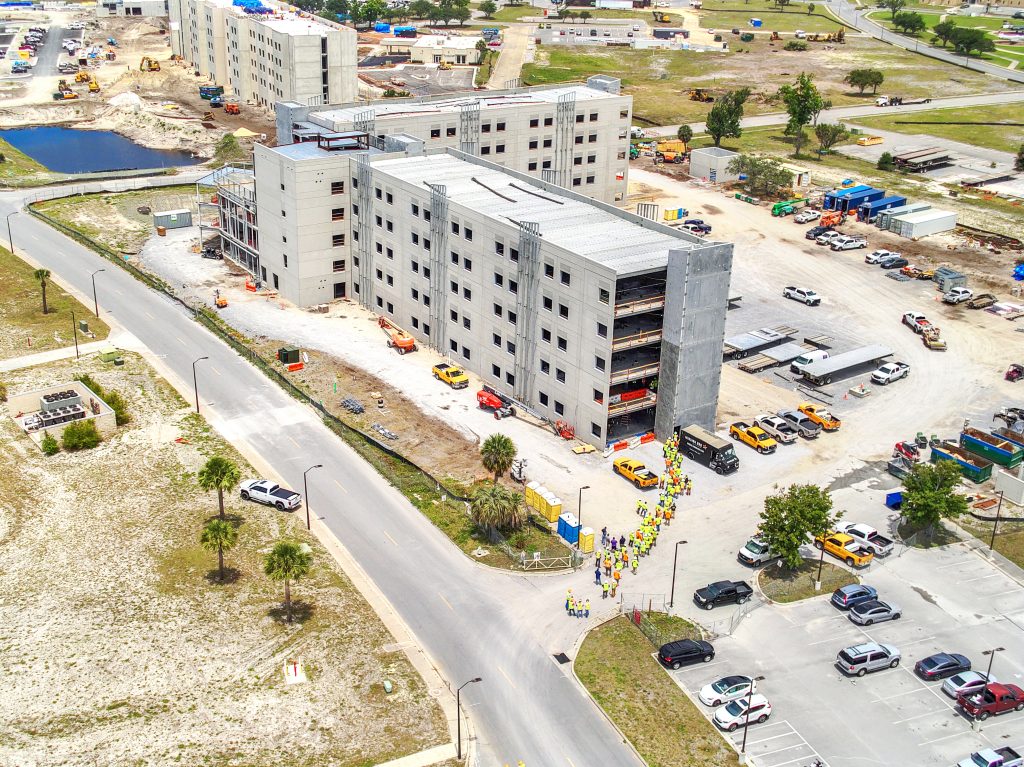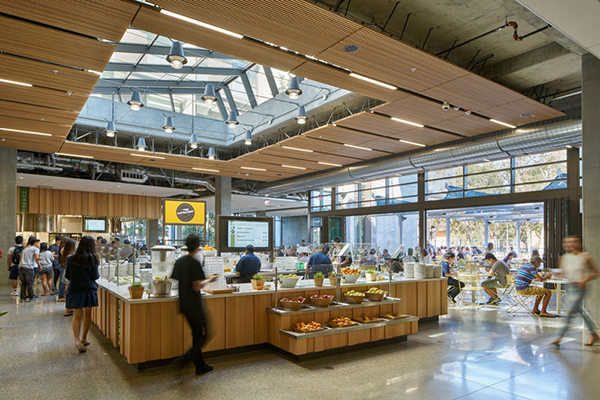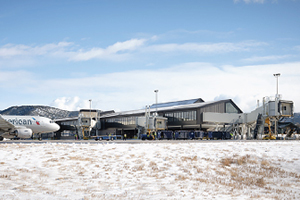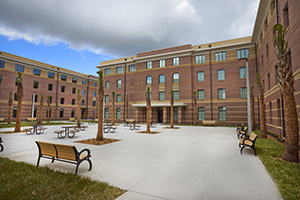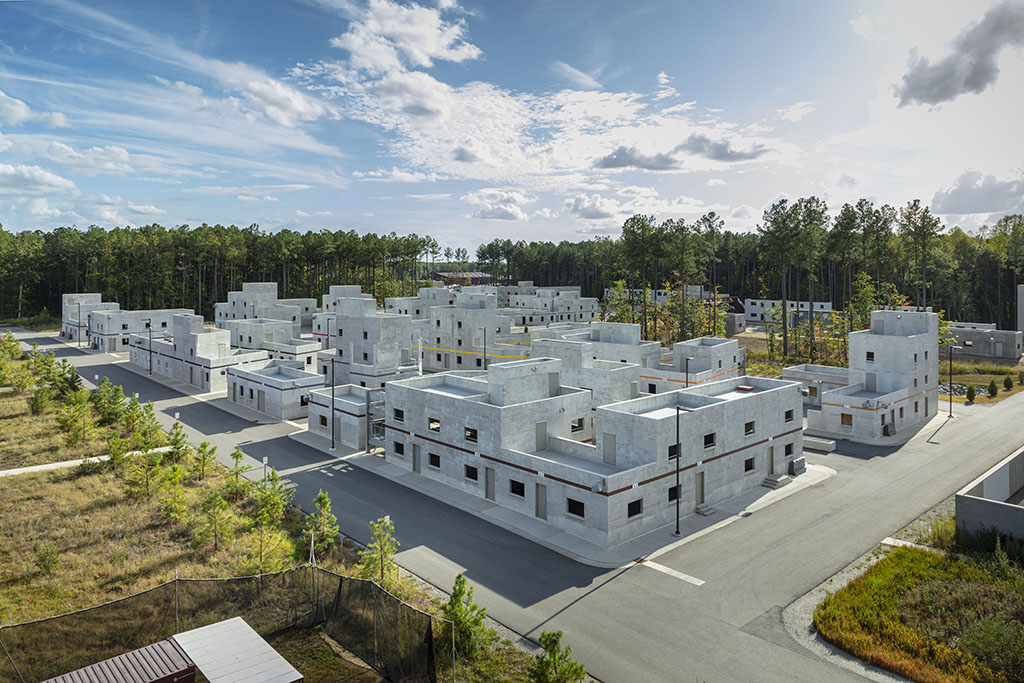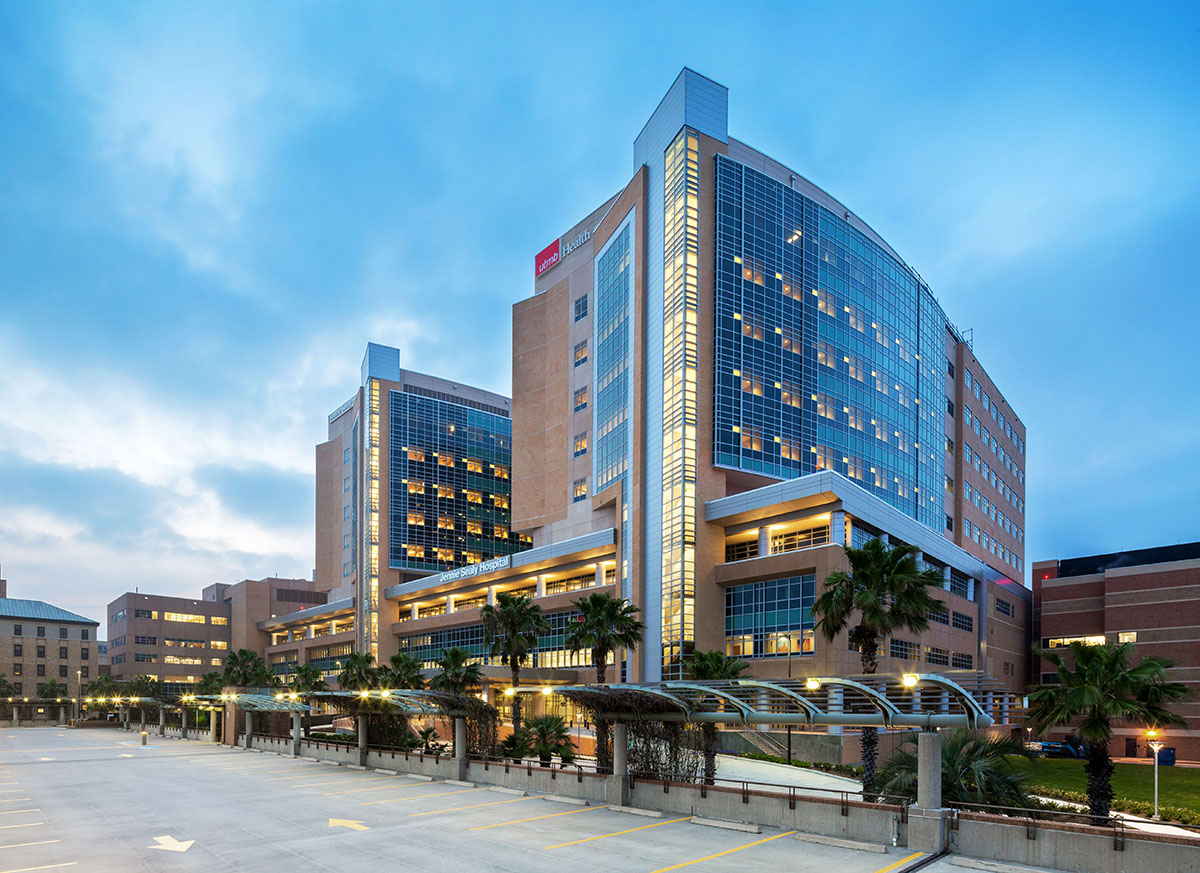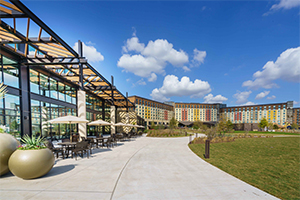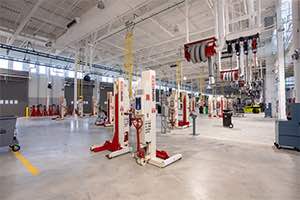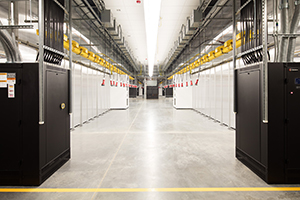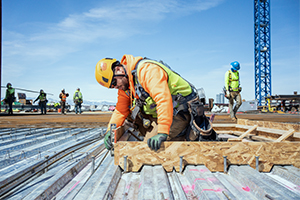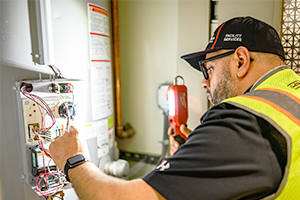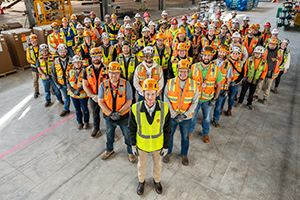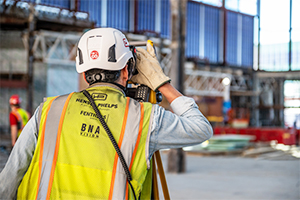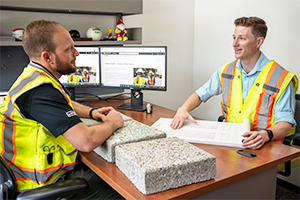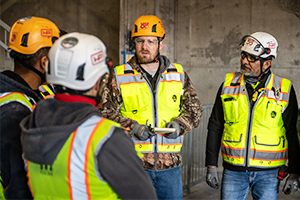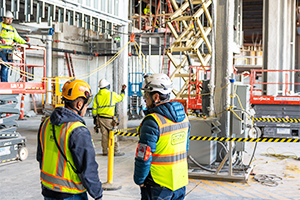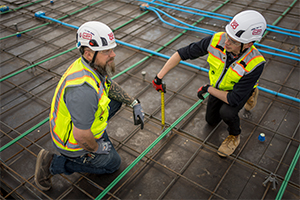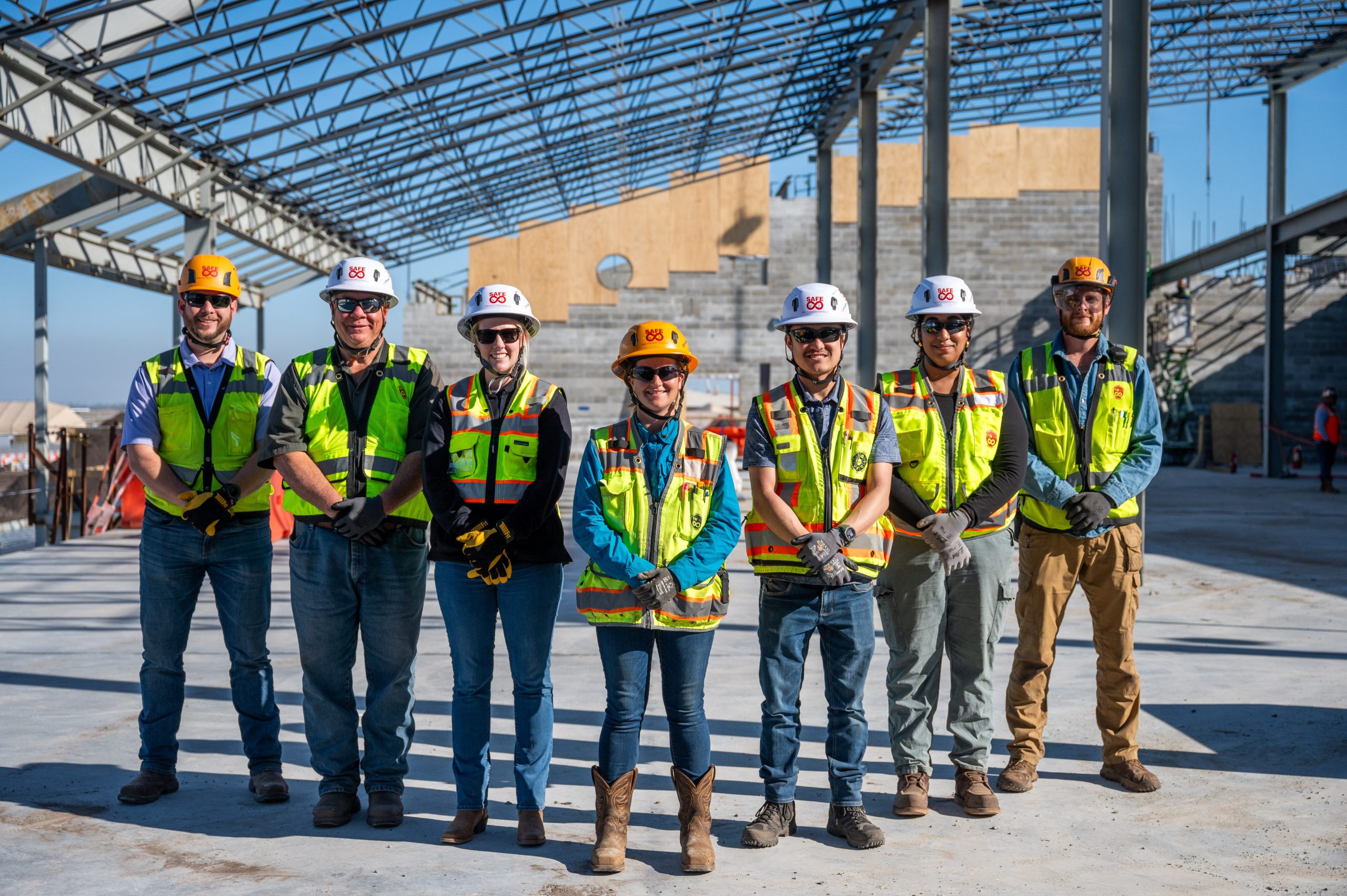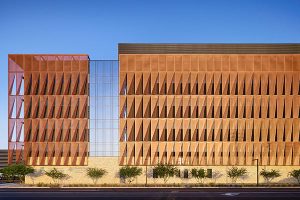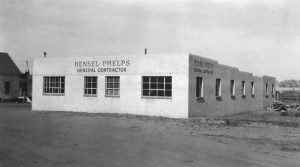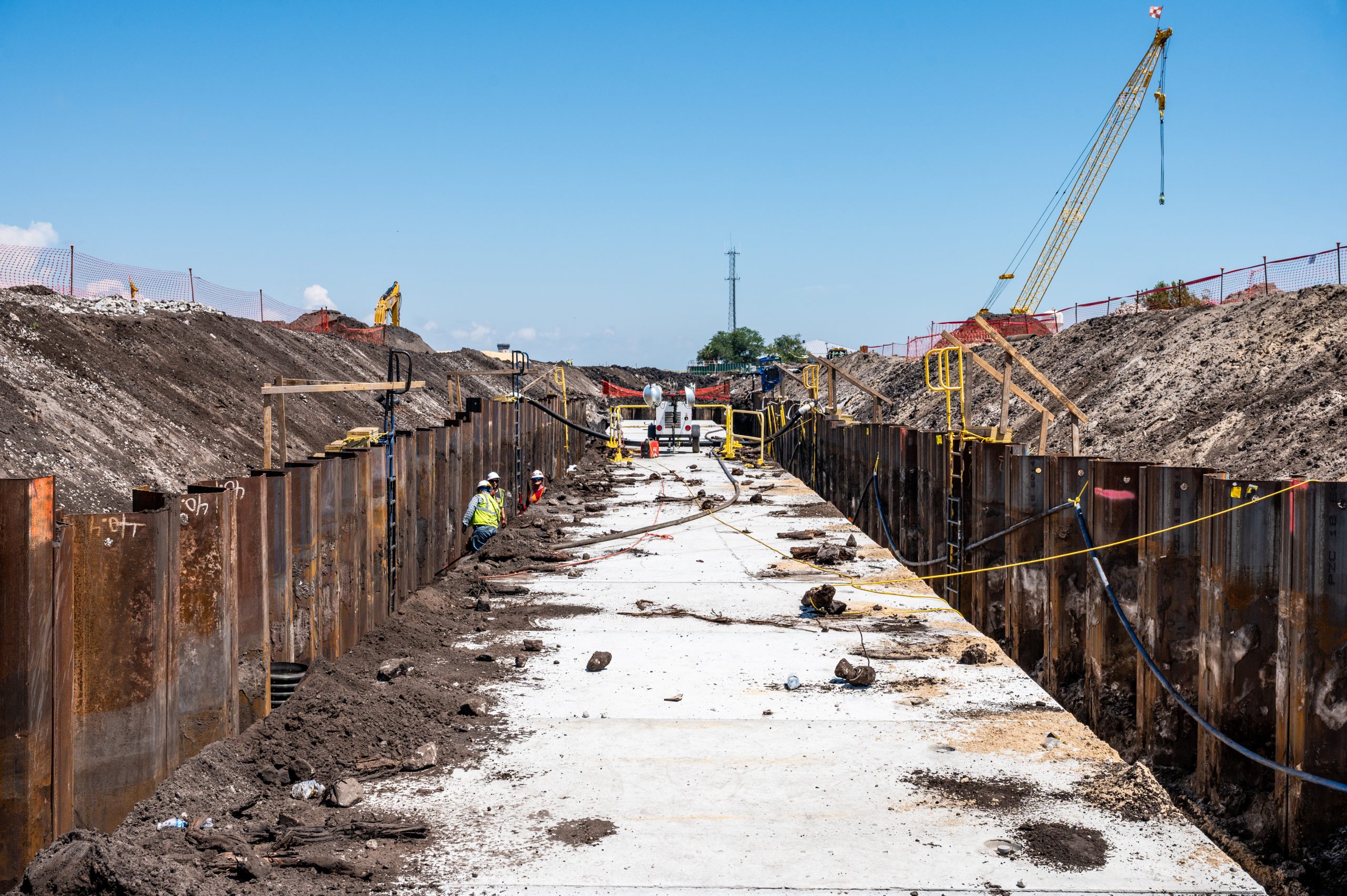
The Washington Post recently reported on the work happening at Tyndall Air Force Base, FL and how climate change has affected the area. Read more about what Tyndall Air Force Base is doing to prepare for future storms.
Hensel Phelps is on the ground working on the $5 billion, seven-year program to rebuild the base as a resilient model for the future. The aim is to withstand climate change effects like rising seas and stronger storms. The rebuilding includes raising buildings above storm surges, creating wind-resistant structures and enhancing natural defenses. The base’s strategic importance, training areas and unique features make it worth the effort. The military hopes the lessons learned will guide other bases facing similar challenges in a changing climate.
Additionally, Air & Space Forces Magazine focused on the dormitories being built on site by Hensel Phelps. The dormitories will use innovative technology, such as the Installation Resilience Operations Center (IROC) and Digital Twin, as part of its $5 billion reconstruction project to create a resilient “Installation of the Future.” IROC provides real-time data from building sensors to manage facilities effectively, detect issues like mold growth and respond swiftly in emergencies. The Digital Twin project creates a 3D virtual replica of the base, helping predict maintenance needs and simulate scenarios for planning. Other technologies include AI-powered surveillance for firearms detection, a Force Protection Kit for threat detection and robot dogs for enhanced surveillance. These efforts aim to transform Tyndall into a model for increased safety, efficiency and resilience, with potential for broader military implementation. Read more about the unique approach to better our servicemen and -women’s living spaces.
